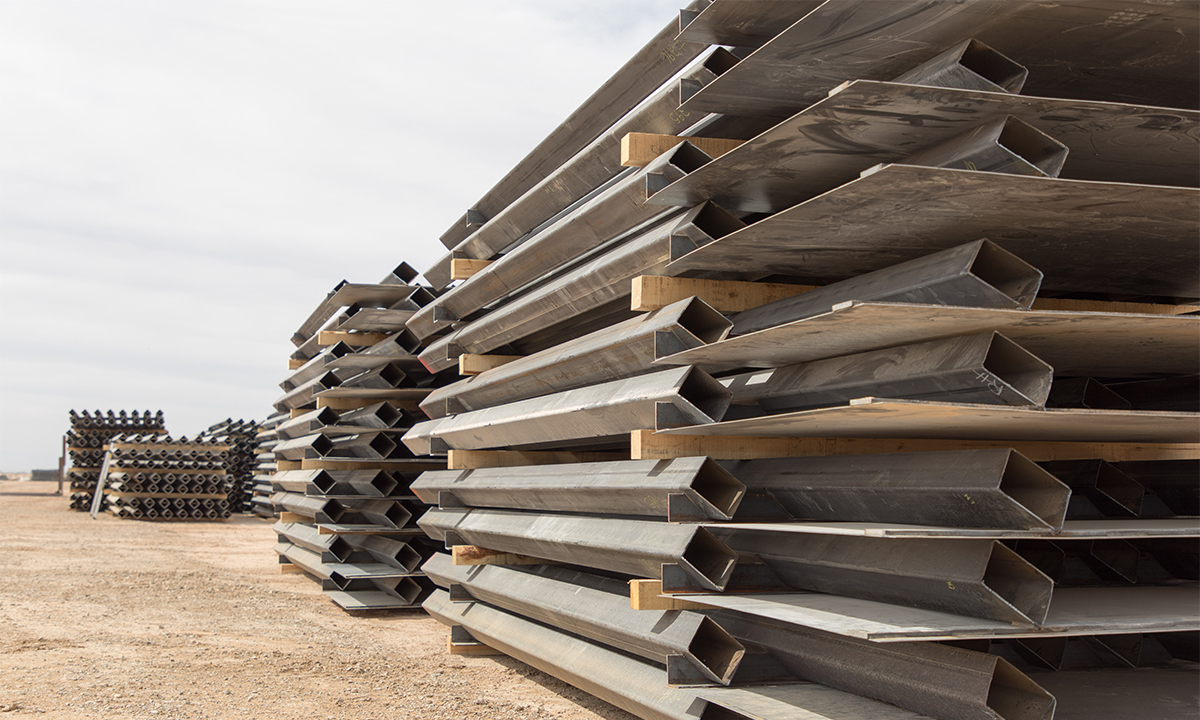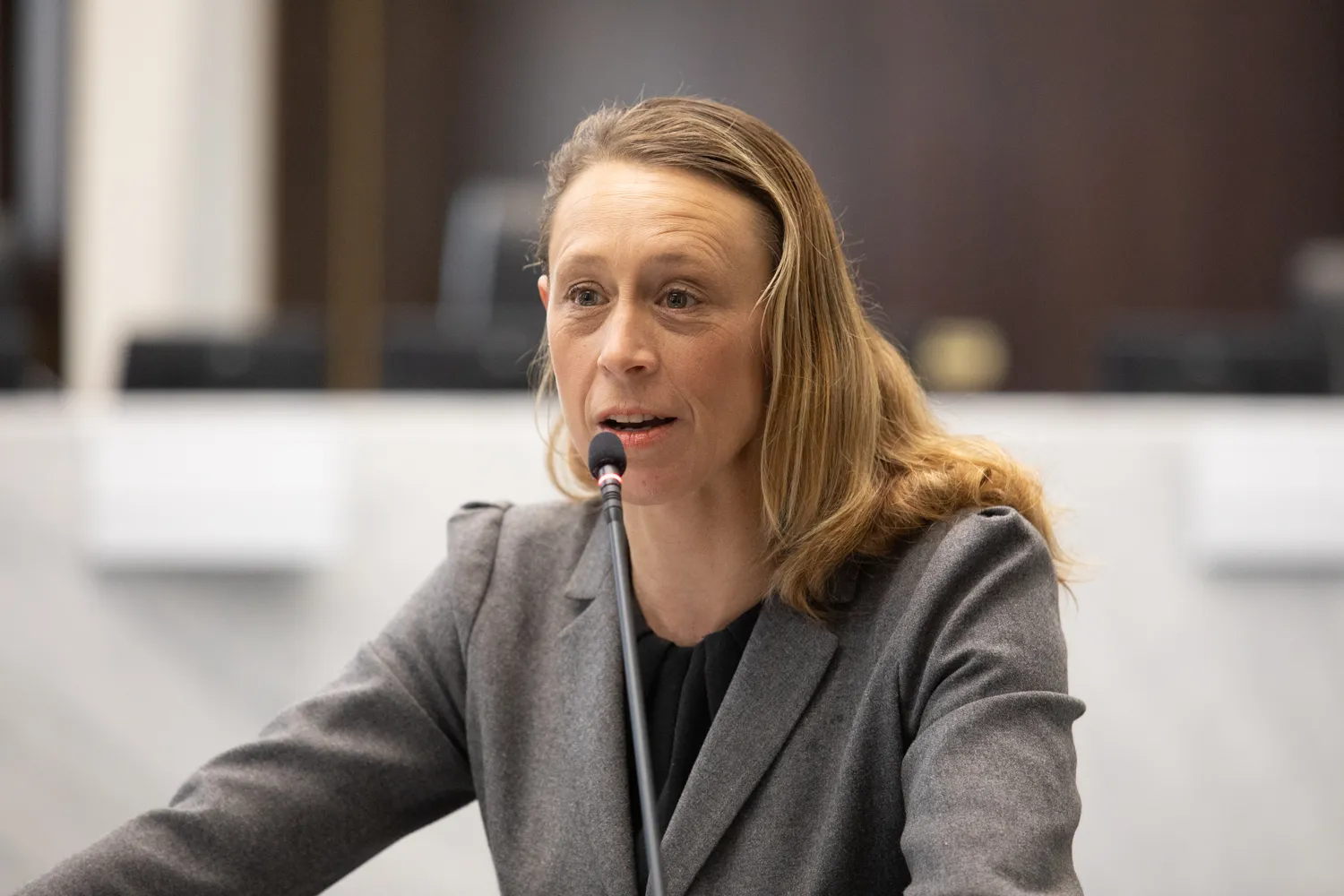The last panel for the 14-mile long $147 million border wall replacement project was completed. It was constructed on a dirt road between a neighborhood in Eastern Tijuana and warehouses in Otay Mesa.
San Diego Sector Acting Deputy Chief Patrol Agent Kathleen Scudder watched as the final panel filled the last gap of the rebuilt border fence between the Pacific Ocean and the Otay Mountains. The new fence is 18 feet tall and reinforced with steel.
The previous fence was put up decades ago and was much shorter with metal panels. These panels were originally put up to stop people from driving a vehicle across the border. While the old panels did what they were initially designed to do, in modern times, illegal border crossings have evolved to people climbing the metal panels—or in some places, knocking the panels down.
The newer panels not only allow the agents more time to respond to people climbing but also provide the patrol officers with the ability to see through the panels to identify anyone running towards or throwing rocks over the border.
When paired with the other current facilities used at the border such as stadium lighting, motion sensors, and cameras, the newly designed panels should help decrease human and drug smuggling while protecting the patrol officers at the border.
Agent Scudder commented on the completion of the project saying, “One part of that system doesn’t work alone… a wall of the fence isn’t going to keep people out necessarily. We don’t build the walls to be a complete deterrent. They are one tool as part of the system.”
The whole system working together gives the Border Patrol officers improved safety, giving them the ability to protect better and secure our borders.




